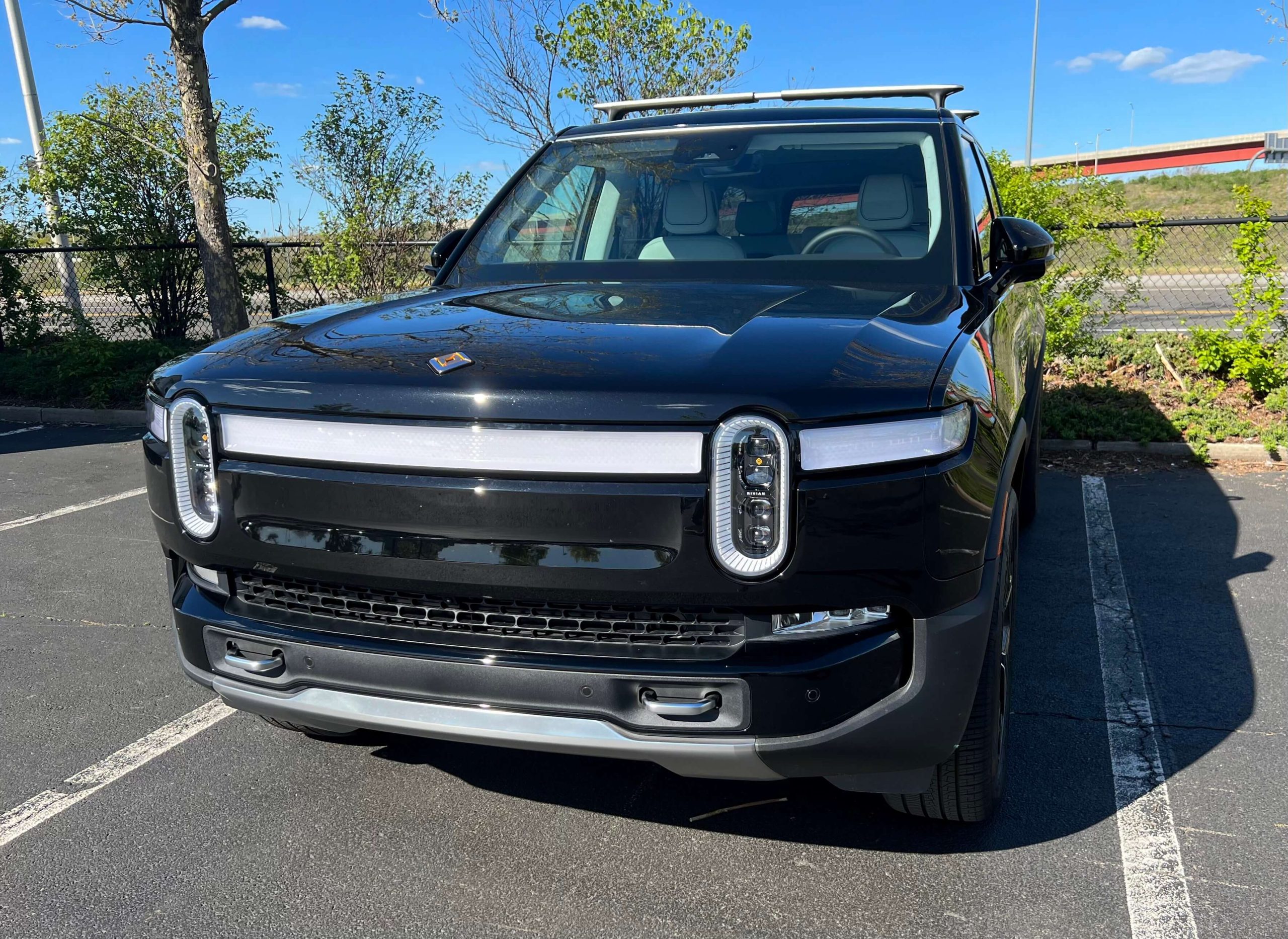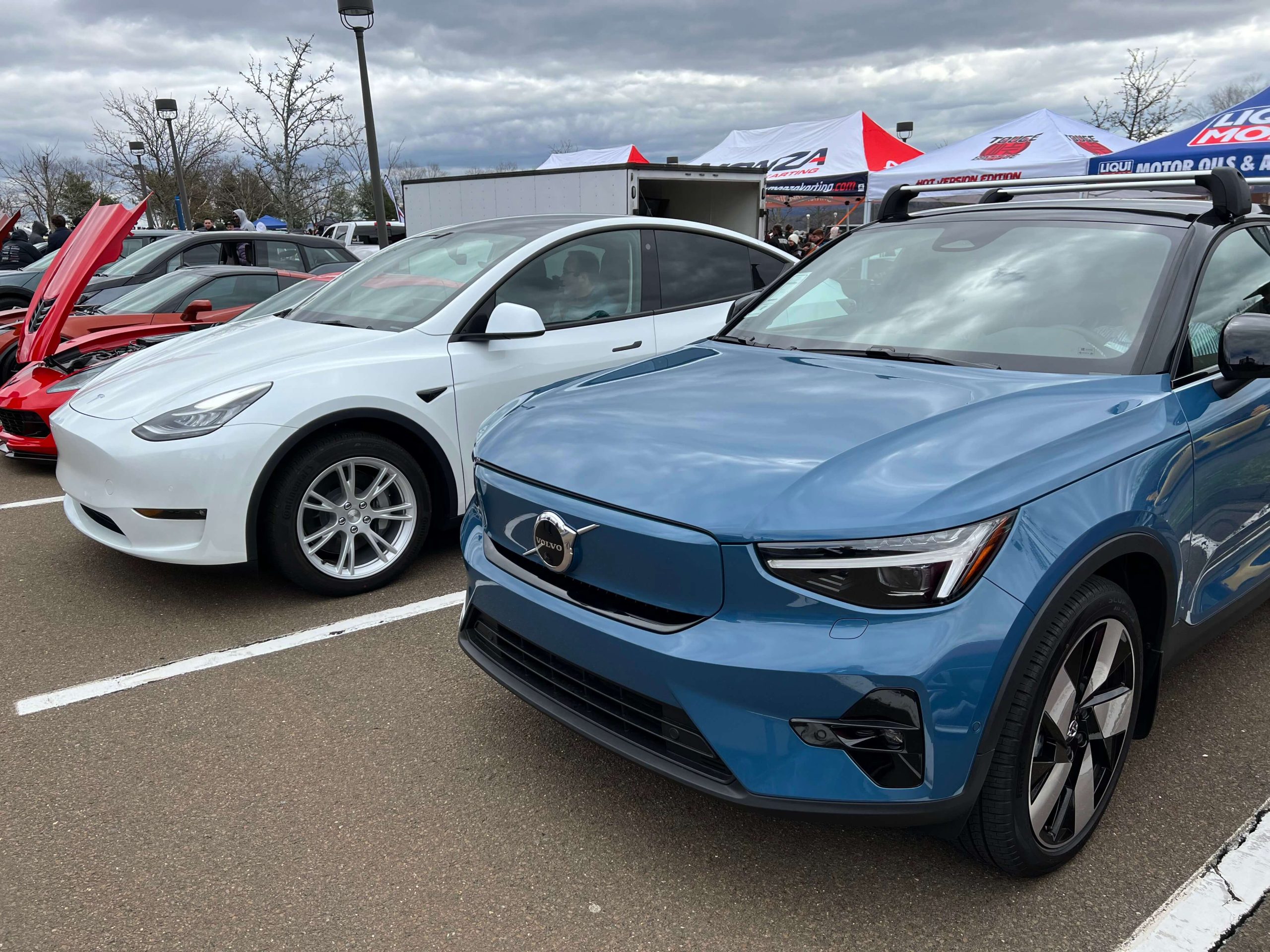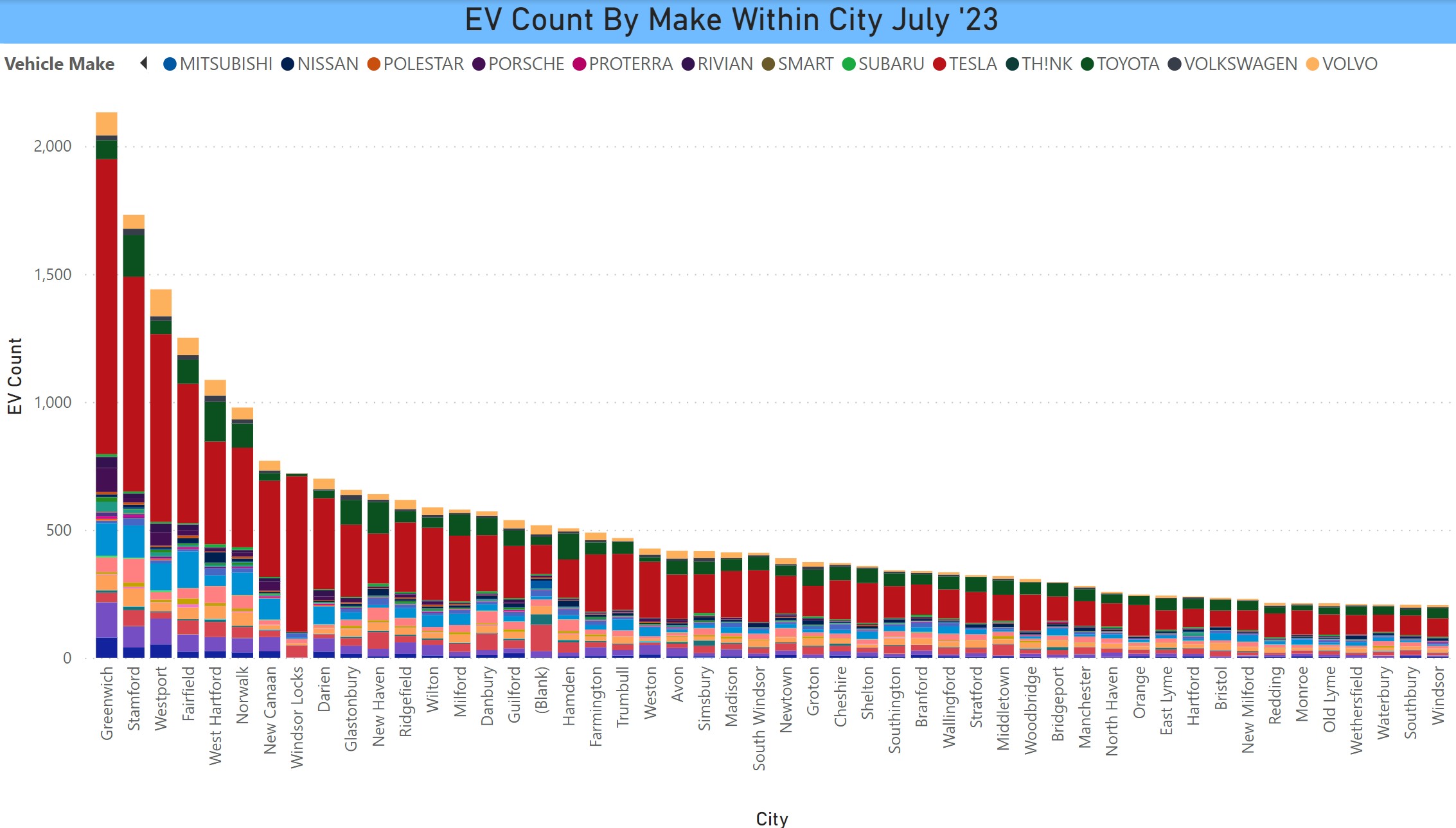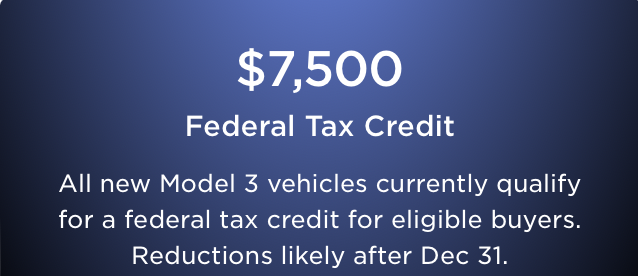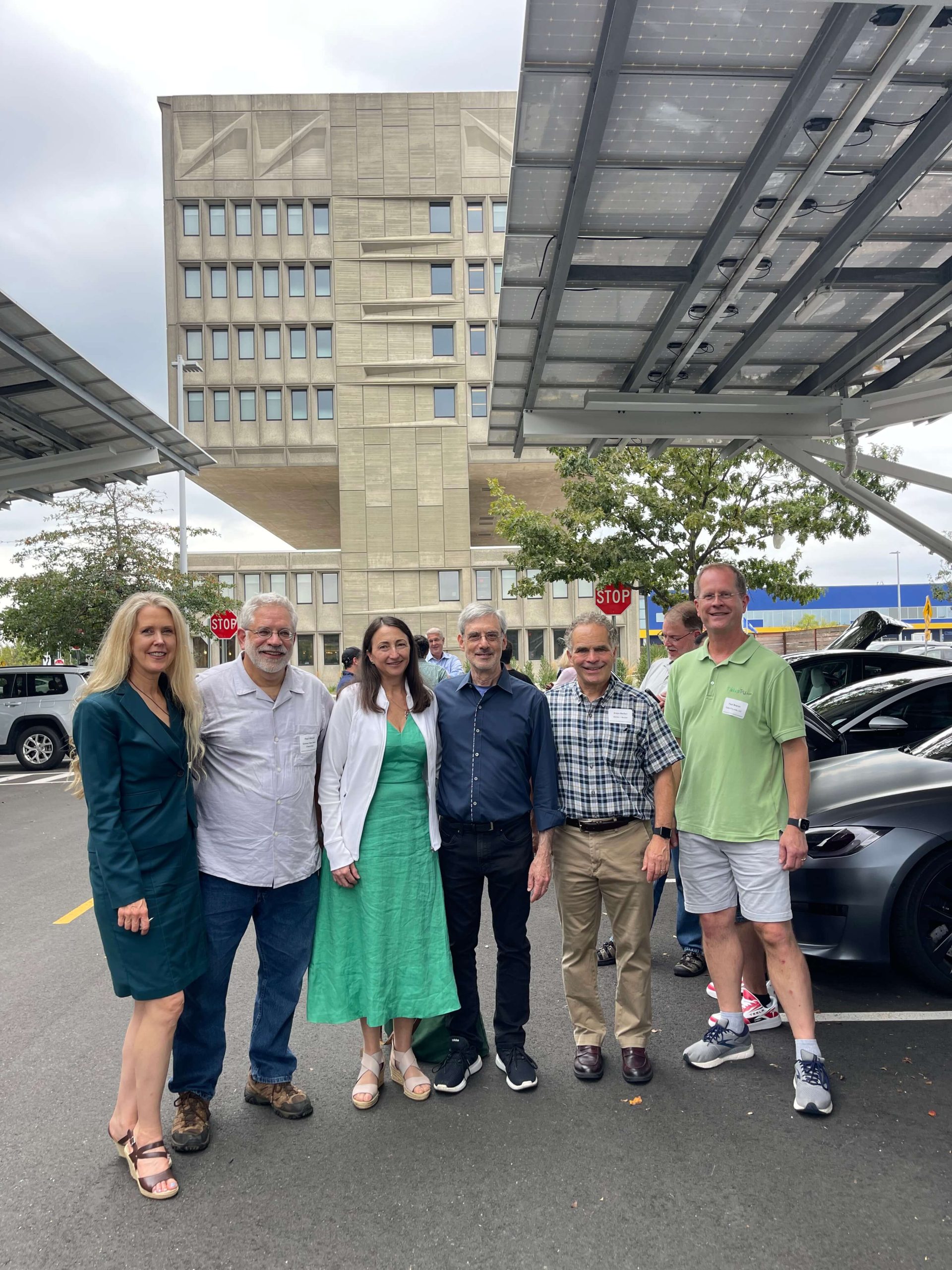Rivian CT Service Center Moving Forward
Photo above is a Rivian R1S from the EV Club EV Showcase Event at the Hotel Marcel in New Haven Rivian Fends Off Dealership Lawsuit The electric vehicle manufacturer, Rivian, which currently produces the fully … Read more

